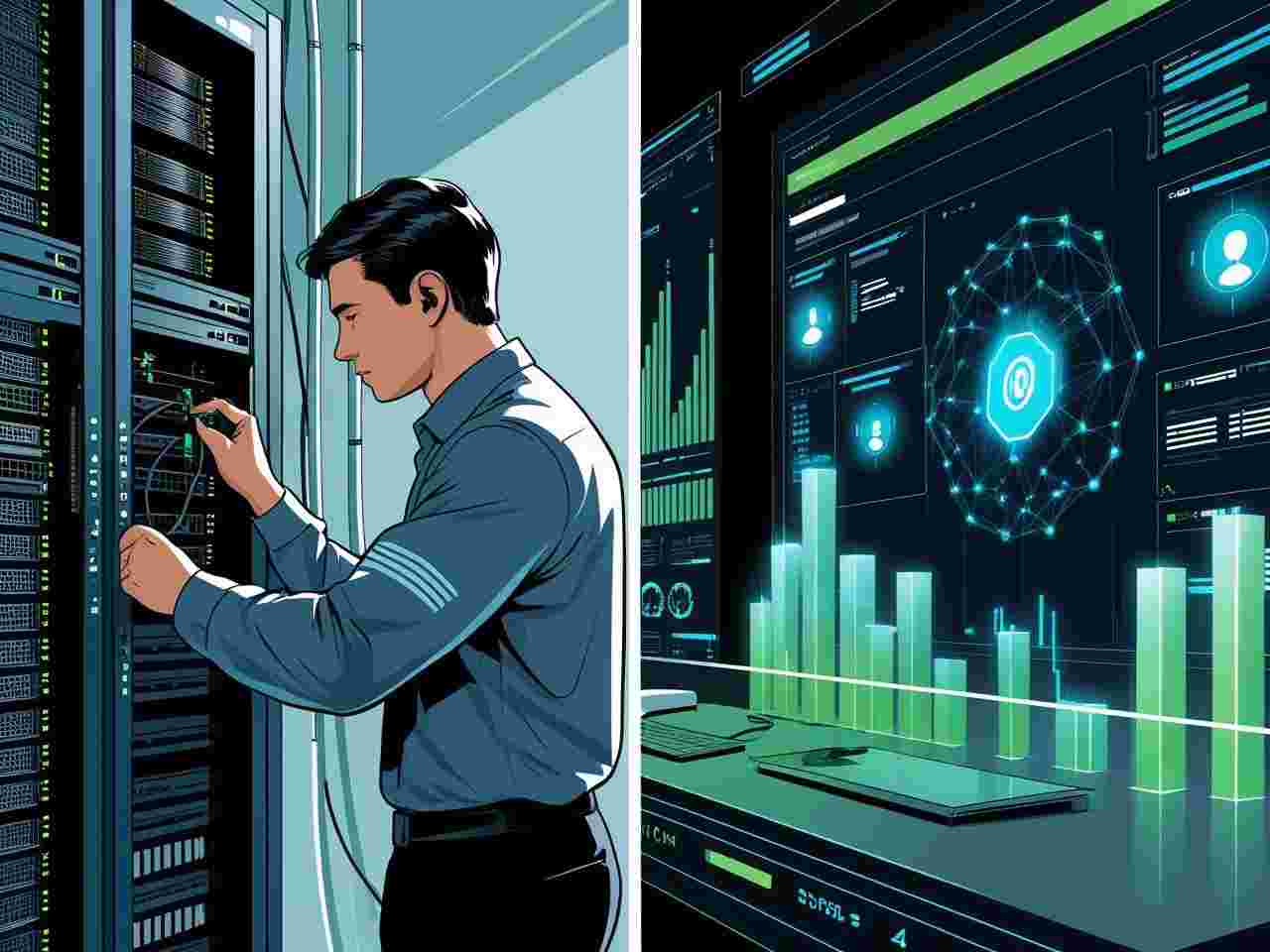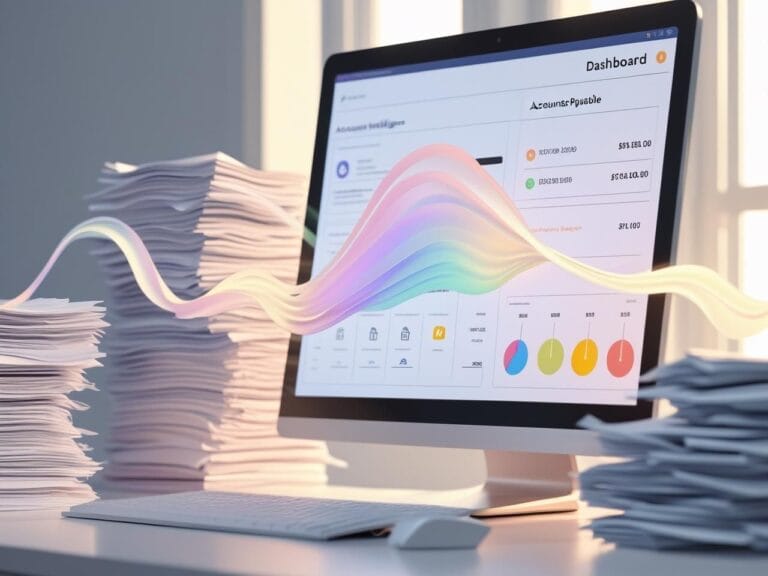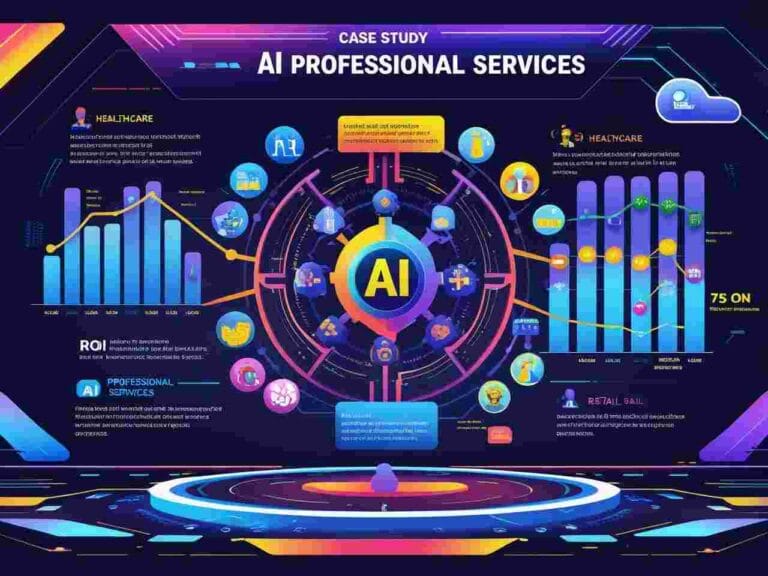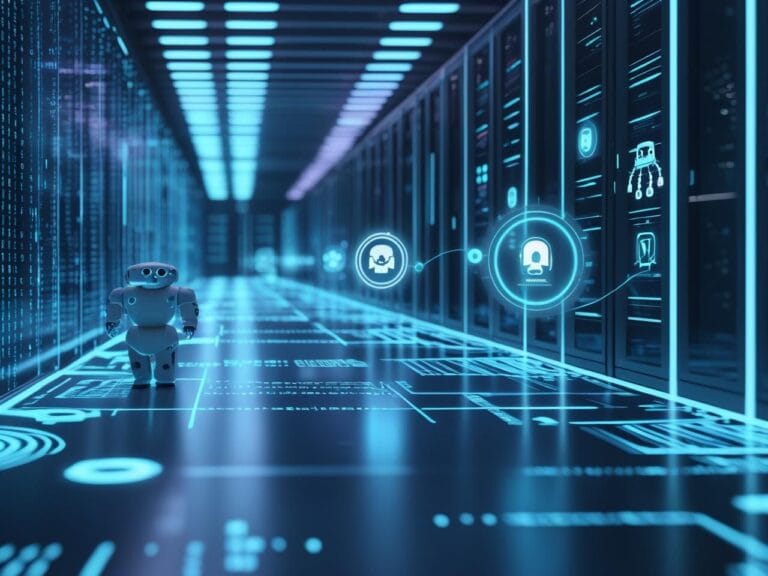What Is Artificial Intelligence Network Monitoring? Ultimate Guide 2025
Introduction
Not long ago, keeping a network up and running was mostly about routine checks and manual troubleshooting. But in today’s digital world, networks are like living organisms—constantly expanding, changing, and becoming more complex. Every second, they carry massive amounts of data across offices, data centers, and cloud platforms. With this complexity comes greater risk: outages can cost companies millions in lost productivity, and cyber threats lurk around every corner, waiting for a single weak point.
This is where Artificial Intelligence Network Monitoring steps in, reshaping how organizations safeguard and optimize their systems. Instead of relying solely on human eyes and scheduled scans, AI-powered monitoring works 24/7, learning the unique patterns of your network and spotting issues before they cause real damage. It doesn’t just react—it predicts.
From improving reliability and boosting speed to creating stronger layers of security, AI is quietly becoming the backbone of modern network management. Whether you’re a small business or a global enterprise, understanding how this technology works isn’t just useful—it’s essential for surviving and thriving in the digital age.
What Is Artificial Intelligence Network Monitoring?
At its core, Artificial Intelligence Network Monitoring utilizes advanced AI technologies—such as machine learning, anomaly detection, and predictive analytics—to continuously monitor and manage a network’s health in real-time. Think of it as giving your network a “smart brain” that constantly learns, adapts, and acts before small problems snowball into major disasters.
In traditional network monitoring, IT teams rely on static rules, scheduled checks, and manual troubleshooting. If a server slows down or a device goes offline, the system might raise an alert—but often only after the problem has already disrupted operations. It’s reactive by design, which means downtime and security risks can still sneak through.
AI-powered network monitoring flips that model. Instead of waiting for a set threshold to be breached, it continuously analyzes live traffic, user behavior, and device performance in real-time. Using machine learning, it learns the network’s “normal” patterns over time. With anomaly detection, it spots even the slightest irregularities—like an unusual data spike that might indicate a cyberattack. And with predictive analytics, it can forecast potential failures before they happen, giving IT teams a valuable head start.
The result? Faster issue resolution, reduced downtime, and a stronger security posture—all with far less manual effort.
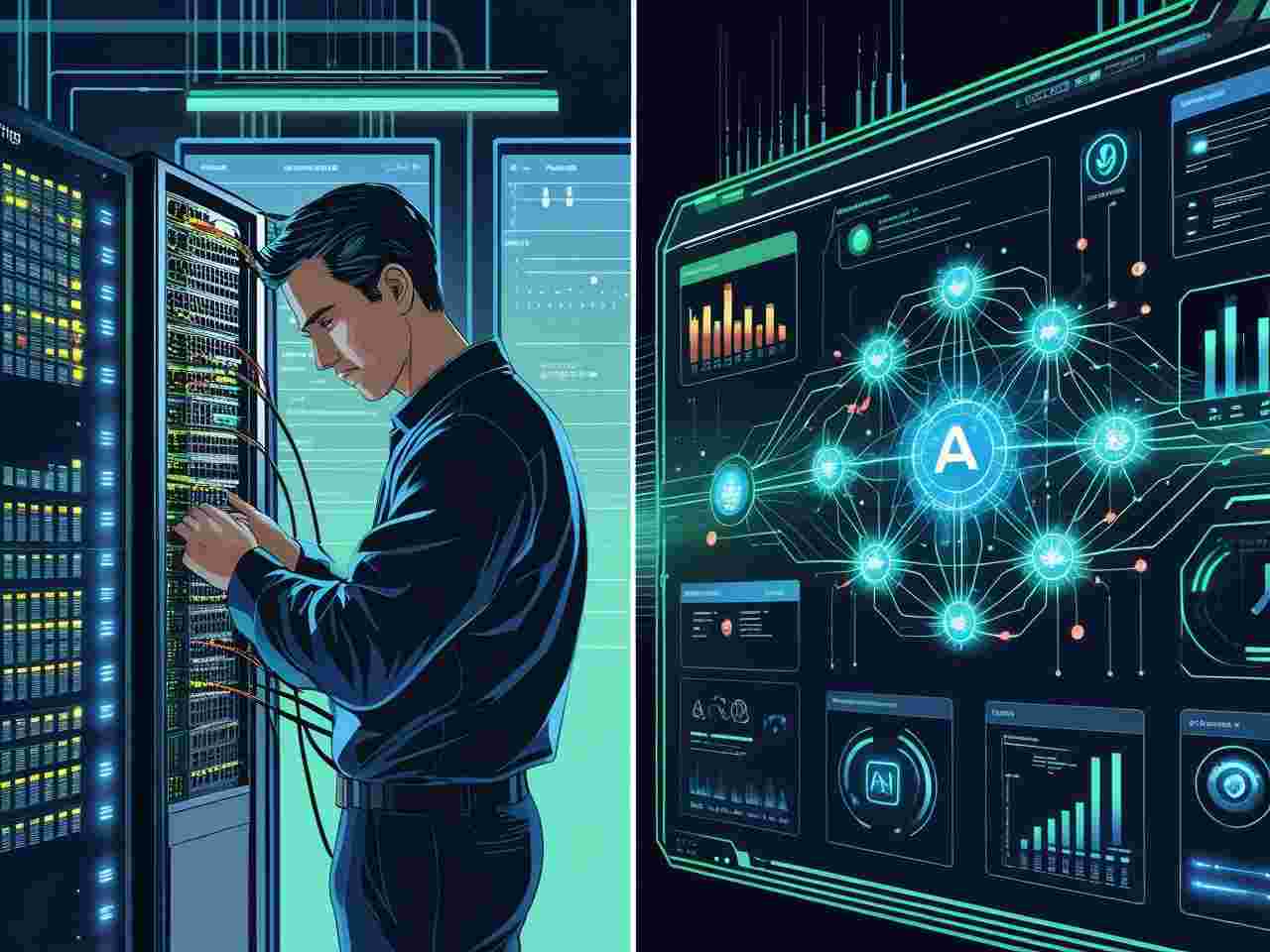
In short, Artificial Intelligence Network Monitoring doesn’t just watch your network—it understands it, protects it, and helps it run at its absolute best.
How Does AI Network Monitoring Work?
Imagine your network as a bustling city. Cars (data packets) race through highways (network cables), pass through toll booths (firewalls), and navigate intersections (switches and routers). Now picture a control center watching this city 24/7—not just recording traffic jams, but predicting where one might happen before it even starts. That’s essentially how AI Network Monitoring operates.
Data Collection & Processing
The process begins with real-time packet capture, log analysis, and device monitoring. Every piece of information—whether it’s a login attempt, a file transfer, or a configuration change—flows into the monitoring system. Traditional monitoring tools often drown in this ocean of raw data, struggling to separate routine noise from real threats.
This is where AI shines. It acts like a master filter, using algorithms to sift through billions of events, instantly spotting patterns that matter while ignoring harmless fluctuations. Instead of overloading IT teams with hundreds of false alerts, AI highlights only what truly requires attention.
AI Models & Analysis
Once the data is cleaned and organized, AI models step in. These models can be supervised (trained on labeled datasets of known problems) or unsupervised (learning patterns without prior labels). In network monitoring, unsupervised learning is especially powerful—it allows the system to discover “unknown unknowns.”
For example, anomaly detection algorithms might notice a sudden spike in outbound traffic from a device at 3 a.m.—a sign of a potential malware infection or data exfiltration attempt. Because the AI knows this behavior is unusual compared to historical patterns, it flags it immediately.
Automated Response
Detection is only half the story. Automated response is where AI truly changes the game. The system can trigger alerts to IT staff, reroute traffic away from congested paths, block suspicious IP addresses, or even shut down compromised devices—all in seconds, without waiting for human intervention.
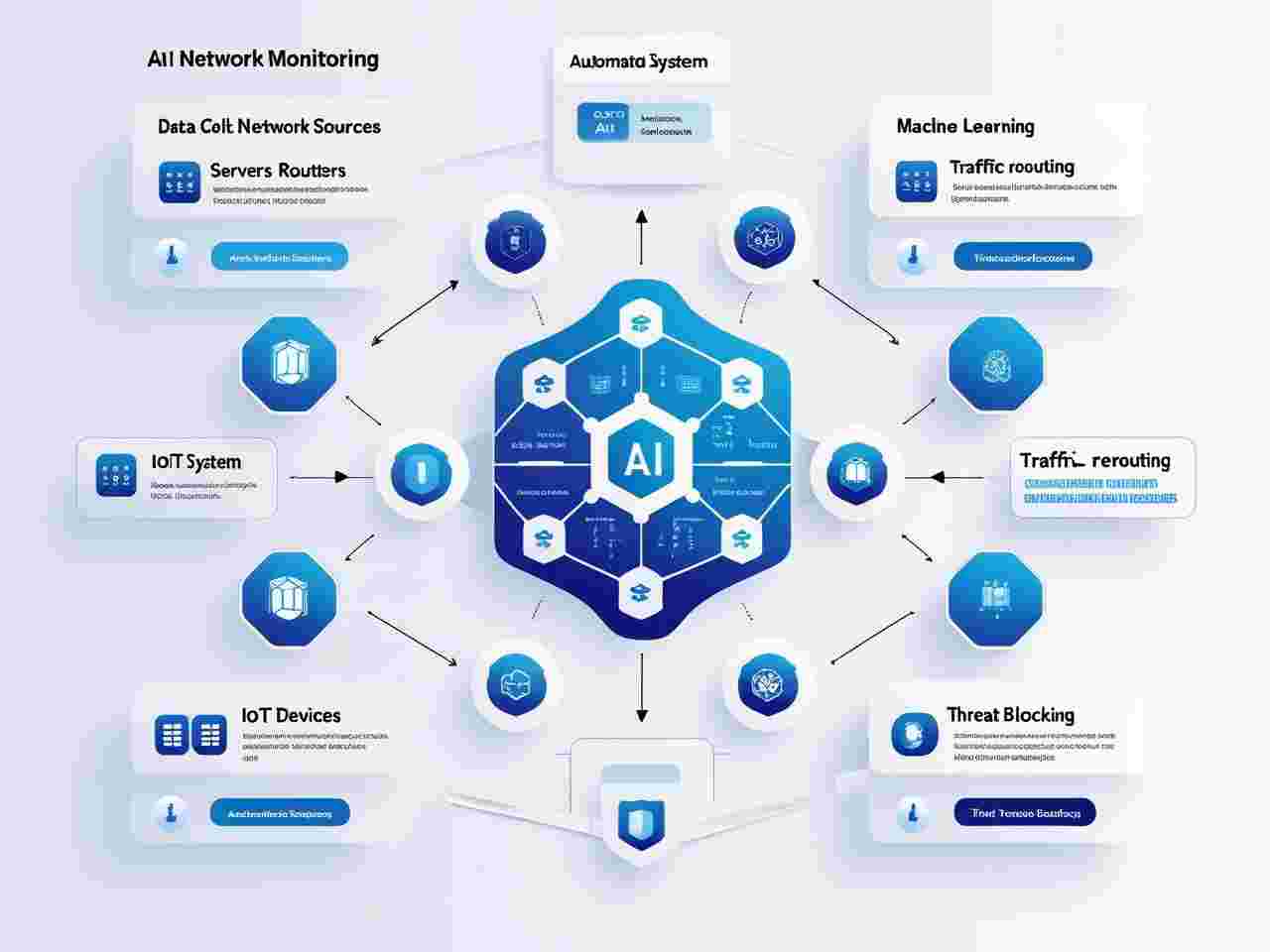
By combining speed, intelligence, and adaptability, AI Network Monitoring doesn’t just keep watch—it actively defends and optimizes your network, making it smarter every single day.
Benefits of Artificial Intelligence Network Monitoring
In a world where every second of downtime can mean lost revenue, angry customers, and damaged reputation, businesses can’t afford to “wait and see” when it comes to network health. Artificial Intelligence Network Monitoring offers a safety net that works faster, smarter, and more efficiently than any manual system ever could.
Real-Time Threat Detection
Cyberattacks don’t send invitations—they strike without warning. With AI, your network can spot suspicious activity the moment it starts. Whether it’s a DDoS attack flooding your servers or an intrusion attempt trying to slip past your firewall, AI-powered monitoring reacts instantly, isolating threats before they spread. This isn’t just defense; it’s a digital reflex that protects your business 24/7.
Predictive Maintenance
One of AI’s superpowers is seeing trouble before it happens. By continuously analyzing network patterns, AI can detect early warning signs of hardware failures, bandwidth bottlenecks, or software glitches. Instead of scrambling to fix a crisis after it happens, IT teams can perform targeted maintenance, avoiding costly downtime altogether.
Improved Network Performance
Performance issues can creep in silently—until your video call drops or your website slows to a crawl. AI solves this by dynamically allocating resources and balancing loads across your network. If one server is overwhelmed, AI shifts traffic to a healthier path, ensuring smooth, uninterrupted service for end users.
Cost & Time Savings
Every manual check, false alert, and unexpected outage costs both money and time. AI reduces the need for constant human monitoring, cutting labor expenses and freeing IT staff to focus on strategic projects. By preventing major failures and shortening resolution times, it also saves potentially thousands—or even millions—in lost business.
Table Below:
| Feature | Traditional Monitoring | AI Network Monitoring |
| Detection Speed | Minutes to hours | Seconds |
| Threat Prediction | No | Yes |
| False Alerts | High | Low |
| Maintenance Approach | Reactive | Predictive |
| Resource Optimization | Manual | Automated |
With these benefits, Artificial Intelligence Network Monitoring isn’t just a tech upgrade—it’s a competitive advantage, helping companies stay secure, efficient, and future-ready.
Top Use Cases & Industry Applications
Artificial Intelligence Network Monitoring isn’t a one-size-fits-all tool—it’s a flexible, powerful solution that adapts to different industries and challenges. From massive corporate networks to critical national infrastructure, AI is becoming the silent guardian of connectivity and security.
Enterprise IT Infrastructure
Large corporations often manage sprawling networks with thousands of devices, branch offices, and global data centers. AI helps IT teams monitor everything from one central dashboard, instantly spotting bandwidth issues, unusual login attempts, or hardware failures. This means fewer interruptions for employees and faster responses when problems occur.
Cloud Service Providers
Cloud platforms host services for countless clients at once, making multi-tenant monitoring a must. AI ensures that resources are allocated fairly, performance is consistent, and one customer’s issue doesn’t spill over into another’s. It can automatically detect a compromised virtual machine or sudden traffic spike and contain the issue without affecting other users.
Telecom Networks
Telecommunication companies handle massive amounts of data across mobile, broadband, and satellite systems. AI-driven monitoring keeps uptime high for millions of subscribers by predicting congestion, rerouting data, and detecting service degradation before customers notice. This translates into better call quality, faster internet speeds, and fewer dropped connections.
Critical Infrastructure
For sectors like power grids, hospitals, and government networks, downtime isn’t just inconvenient—it can be dangerous. AI safeguards these systems by detecting early signs of cyberattacks, system overloads, or component failures. Whether it’s preventing a blackout, ensuring hospital systems run smoothly, or protecting sensitive government data, AI offers a vital layer of defense.

From IT giants to life-saving institutions, AI’s ability to watch, learn, and act in real time makes it indispensable in keeping the world connected and secure.
Challenges & Limitations
While Artificial Intelligence Network Monitoring offers powerful advantages, it’s not without hurdles. Understanding these challenges can help organizations plan smarter and avoid costly surprises.
One of the most common issues is false positives—alerts triggered by harmless anomalies. If the AI model isn’t properly tuned, IT teams may find themselves wasting time chasing non-problems. Regular training with high-quality, up-to-date data is essential to reduce this noise.
Data privacy is another concern. AI monitoring systems often process sensitive information like user activity logs and communication data. Without strict security controls and compliance with regulations such as GDPR, organizations risk breaches and legal trouble.
Then there’s the high initial investment. Deploying AI-driven monitoring requires not only advanced software but also powerful hardware and integration with existing systems. For smaller businesses, this upfront cost can be a barrier, even if the long-term savings are significant.
Finally, there’s the skills gap. Running and maintaining AI models demands expertise in machine learning, cybersecurity, and network engineering. Without skilled AI engineers, organizations may struggle to get the most from their systems—or worse, misconfigure them entirely.
While these challenges are real, they’re far from deal-breakers. With careful planning, strong data governance, and the right talent, businesses can overcome these limitations and unlock the full potential of AI-powered network monitoring.
Future of AI in Network Monitoring
The next chapter of Artificial Intelligence Network Monitoring is nothing short of revolutionary. We’re moving toward networks that don’t just alert humans about problems—they fix themselves.
Imagine autonomous self-healing networks that detect a faulty switch, reroute traffic around it, and apply a patch—all without a single human command. This will drastically reduce downtime, minimize operational costs, and make outages a rarity rather than a routine risk.
Another exciting development is AI-powered cyber defense integration. Instead of separate tools for performance monitoring and security, future systems will merge both functions. The same AI that optimizes bandwidth will also detect and block a zero-day cyberattack in real time, creating a unified shield against both technical failures and malicious threats.
The rise of edge computing will push AI capabilities even further. By processing data closer to where it’s generated—on routers, gateways, or IoT devices—AI will deliver faster insights and responses, even in environments with limited internet connectivity. This is critical for industries like autonomous vehicles, remote healthcare, and smart manufacturing.
In short, the future is about networks that are not just monitored but intelligently managed—learning, adapting, and protecting themselves without constant human oversight. Businesses that embrace this evolution early will be the ones setting the pace in a hyper-connected world.
Frequently Asked Questions
What is Artificial Intelligence Network Monitoring?
Artificial Intelligence Network Monitoring is the use of AI technologies—like machine learning, anomaly detection, and predictive analytics—to oversee and optimize network health. It learns a network’s normal behavior, detects unusual activity, and can even respond automatically to prevent outages or security breaches. Unlike traditional systems that react after a problem occurs, AI monitoring predicts and prevents issues before they escalate.
How is AI used in network performance monitoring?
AI takes performance monitoring to the next level by analyzing live traffic data, identifying bottlenecks, and predicting potential slowdowns before users feel the impact. It can balance network loads automatically, prioritize critical applications, and generate predictive alerts so IT teams can act proactively instead of reacting under pressure. For example, if a server is approaching capacity, AI can reroute traffic to maintain smooth performance.
Is AI network monitoring expensive?
The upfront investment can be higher than traditional monitoring tools, as it may require specialized software, integration, and skilled personnel. However, the return on investment (ROI) is often significant. By preventing costly downtime, reducing manual monitoring labor, and improving efficiency, AI can save organizations far more than the initial setup cost in the long run.
What are the best AI network monitoring tools?
Some well-known vendors in the AI network monitoring space include:
- Cisco DNA Center – For enterprise-scale network automation and AI-driven insights.
- Juniper Mist AI – Specializes in AI-based wireless and wired network management.
- Arista CloudVision – Provides AI-powered analytics for large-scale data centers.
- Paessler PRTG with AI plugins – Flexible monitoring for mixed environments.
These tools vary in features, scalability, and pricing, so choosing the right one depends on your network size, industry, and security needs.
Conclusion
In today’s hyper-connected world, networks are the lifelines of businesses, governments, and everyday life. Artificial Intelligence Network Monitoring has transformed the way we protect and optimize these vital systems—shifting from reactive problem-solving to proactive, predictive, and even self-healing capabilities.
From real-time threat detection to predictive maintenance and improved performance, AI offers a level of speed, accuracy, and intelligence that manual monitoring simply can’t match. It not only reduces downtime and costs but also strengthens security in once impossible.
For organizations aiming to stay ahead in the digital age, the choice is clear—embracing AI-driven monitoring isn’t a luxury; it’s a necessity. The sooner you explore and adopt Artificial Intelligence Network Monitoring, the sooner your network can become smarter, faster, and more resilient than ever before.
READ MORE AI GUIDE: 4 Easy Steps to Use Muke AI: Free AI Writing Tool Guide
